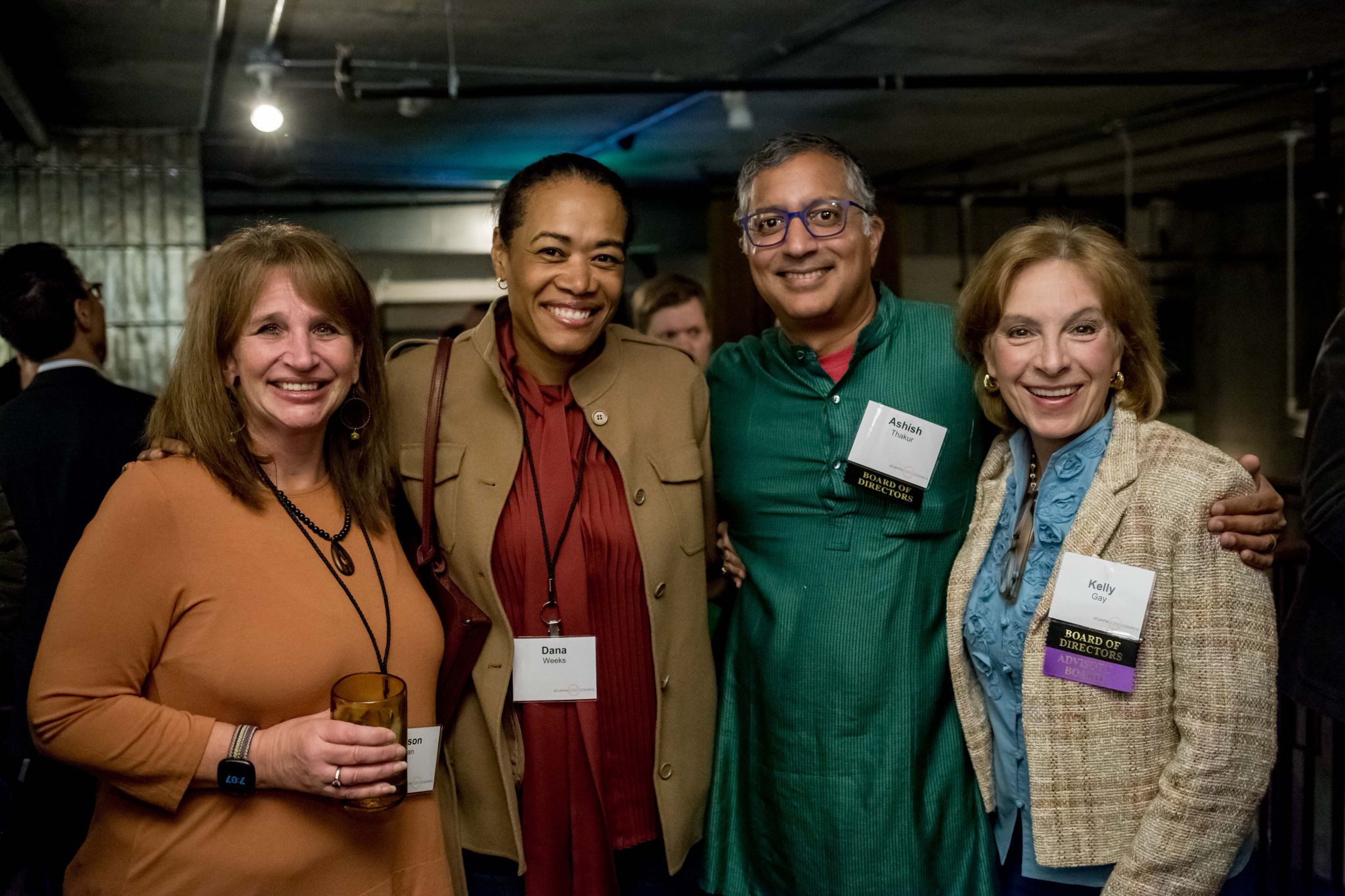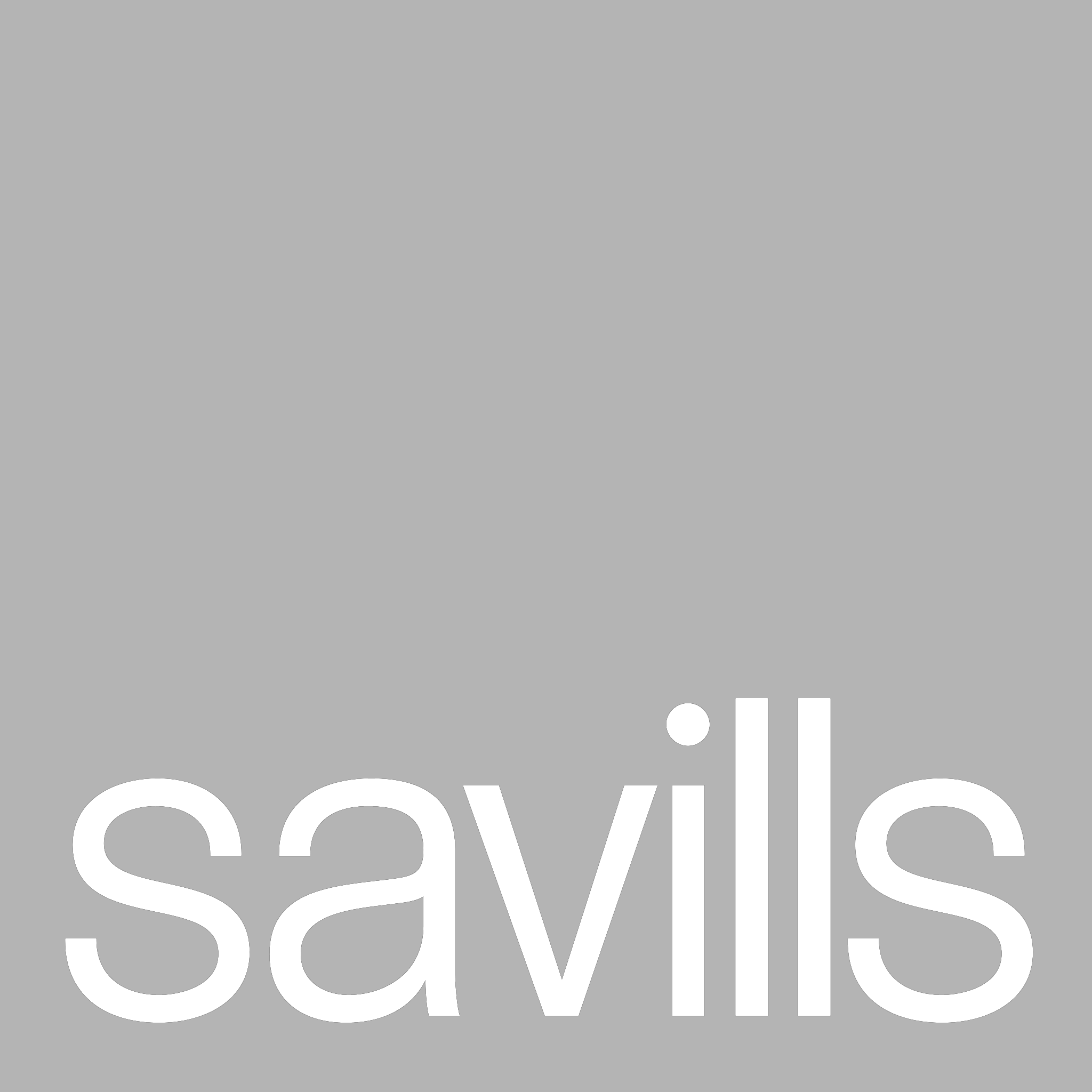
The Landscape for Business Method and Software Patents Has Been Changed: In re Bilski
Greg Kirsch
T.J. DoVale
Scott Anderson
Ballard Spahr Andrews & Ingersoll, LLP
The availability of patents for business methods and software implemented processes has been restricted somewhat by the U.S. Court of Appeals for the Federal Circuit (the federal appellate court in Washington, DC that hears all patent cases) in its recent decision, In re Bilski. In the decision, the court reaffirmed a “machine or transformation” test, originally laid out in a 1972 Supreme Court decision, which states that a patent claim for a process recites patentable subject matter if: 1) the process is tied to a particular machine or apparatus, or 2) the process transforms a particular article into a different state or thing. The court also reaffirmed the principle that “insignificant post-solution activity will not transform an unpatentable principle into a patentable process.” This machine or transformation test is intended to ensure that a patentable process claim is narrowly tailored to encompass only a particular application of a fundamental principle rather than pre-empting all uses of the principle itself. The court is attempting to preempt the patenting of merely mental processes. In Bilski, the patent application included claims directed toward a method of hedging risk in the field of commodities training. The U.S. Patent Office rejected the claims and the inventors ultimately appealed to the Federal Circuit. At issue were the requirements for patentability set forth in 35 U.S.C. §101, which states that “whoever invents or discovers any new and useful process, machine, manufacture, or composition of matter, or any new and useful improvement thereof, may obtain a patent therefore.”
The claimed method in Bilski was a process claim and was not directed toward a machine, manufacture, or composition of matter. Therefore, the determination before the court was whether the claimed method was a patentable “process,” within the meaning of §101. The court in Bilski determined “that the applicants’ process, as claimed, does not transform any article to a different state or thing.” The court found that purported transformations or manipulations simply of public or private legal obligations or relationships, business risks, or other such abstractions cannot meet the machine or transformation test because they are not physical objects or substances, and they are not representative of physical objects or substances. In other words, the claimed process can be performed without the use of any apparatus and didn’t transform any article into a different state.
Now, we are left with a new standard for patentability with regard to business methods and software applications. We are also left with attempting to apply the standard moving forward. In this regard, the court in Bilski provided some guidance. The court stated that a patent applicant may show that a process claim recites patentable subject matter under §101 either by showing that his claim 1) is tied to particular machine, or 2) by showing that his claim transforms an article, but only if the machine or transformation imposes meaningful limits on the claim’s scope and the involvement of the machine or the transformation is not merely insignificant post-solution activity. What that means is that the machine or transformation has to be an integral part of the claimed process, not merely thrown in there to achieve patentability. To that end, the court specifically did not answer the question of whether the recitation of a computer suffices to tie process claims to a particular machine. Subsequent decisions by the U.S. Patent Office’s Board of Appeals and Interferences suggest that it does not.
So, while business methods and software are not excluded from patentability, they will have to meet the requirements of the “machine or transformation” test. As mentioned above, the court elucidated the principle behind the test, which is to prevent a patentee from obtaining claims that preempt the use of fundamental principles, a principal which dates back to 1854. The Bilski decision will undoubtedly change the way patent applications for business method and software inventions are pursued, with special emphasis needing to be placed on how patent claims are drafted, in light of this new legal precedent.
If you have any questions regarding the Bilski decision, or the patent process in general, please feel free to contact Greg Kirsch at 678-420-9366, kirschg@ballardspahr.com, T.J. DoVale at 678-420-9406, dovalea@ballardspahr.com or Scott Anderson at 678-420-9388, andersonjs@ballardspahr.com.


